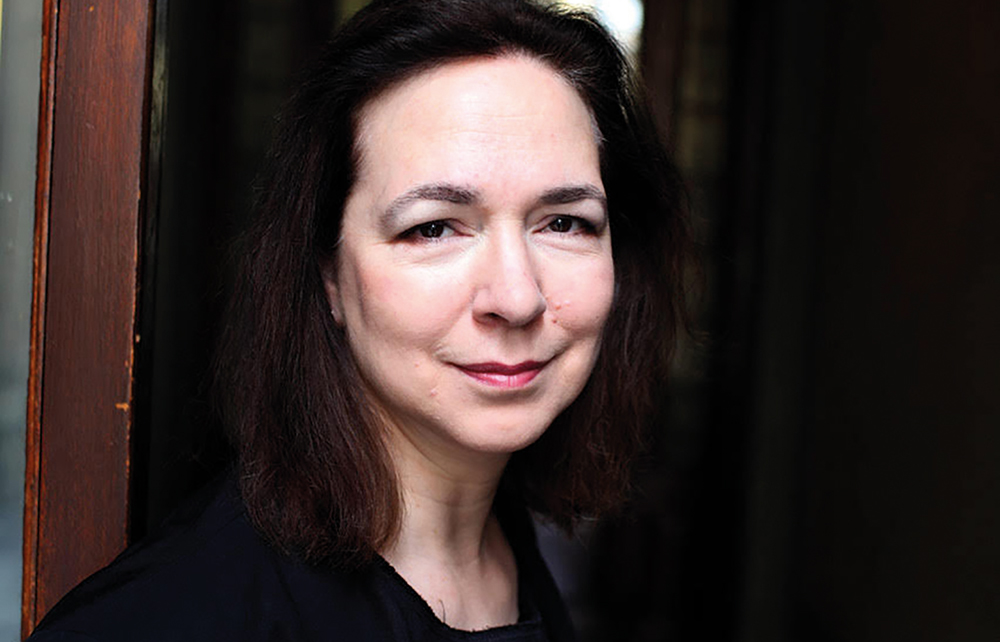Sometimes a novel’s means are so strange, however compelling its final effect on the reader, that a straightforward account of it will be most helpful. I’ve read, or part-read, this novel three times now. On the first reading I gave up, shaking my head. On the second I got to the end, but thought it absurdly wilful, self-absorbed and idiosyncratic to the point of whimsy. The third reading – something, after all, must have drawn me back – exerted an appalling power, and I emerged shaken, troubled, but also consoled. Take your pick. This is a book that is going to divide people, and one that can look very different to the same reader in different lights.
Finn visits the cemetery – and there is Lily. She is indisputably dead and decaying, but is standing and talking
It begins with a letter, written in the late 19th century by a woman to her sister. She runs a boarding house, and a handsome stranger is paying her notice. This strand runs through the novel to a climax of great violence, and a rum consideration of the uses people can be put to after death – their ashes strewn on garden paths, their corpses preserved and lugged around the country as a raree-show. Novels that alternate past and present events are commonplace; but this one is striking for the fact that the connection between the manuscript letters and the present-day characters is casual and almost meaningless.
In that present-day narrative, a teacher, Finn, is summoned to his brother’s deathbed in a New York hospice. Finn has lost his job as a result of refusing the advances of the headmaster’s wife. In a chapter of regret and reminiscence, he and his brother Max exchange memories, jokes and observations that need no explanation and aren’t curbed by good taste.







Comments
Join the debate for just £1 a month
Be part of the conversation with other Spectator readers by getting your first three months for £3.
UNLOCK ACCESS Just £1 a monthAlready a subscriber? Log in